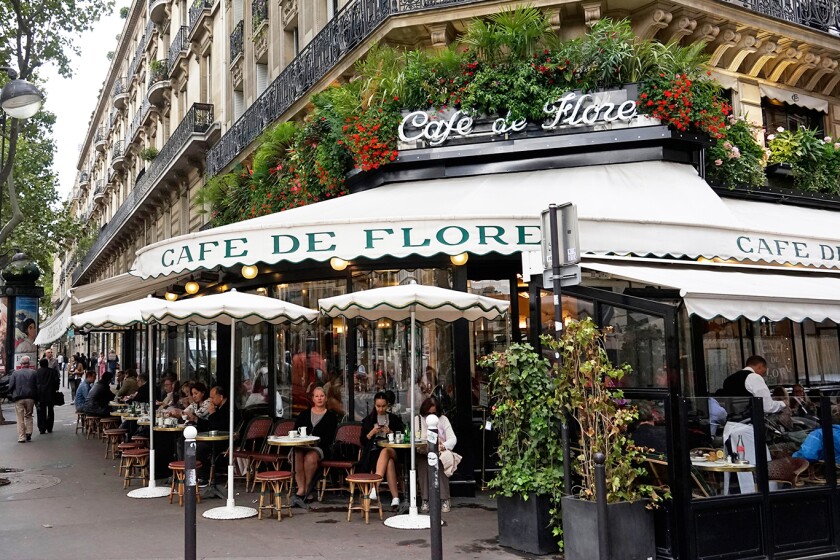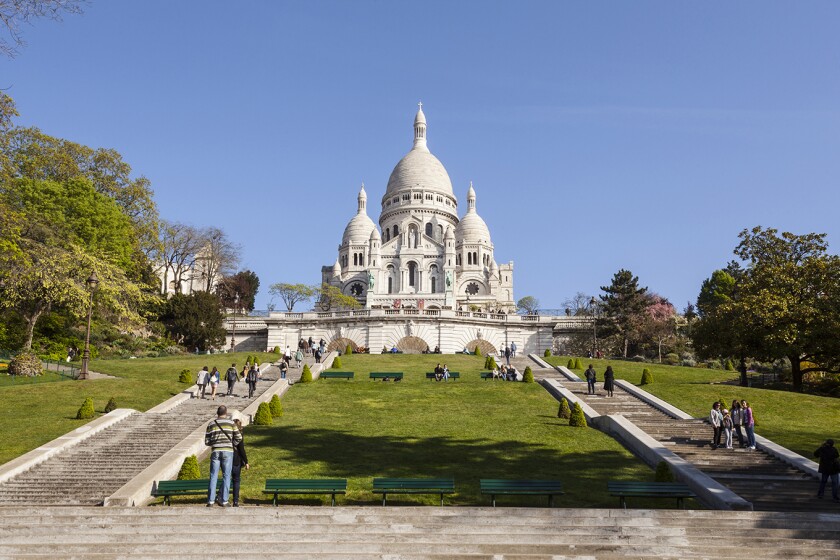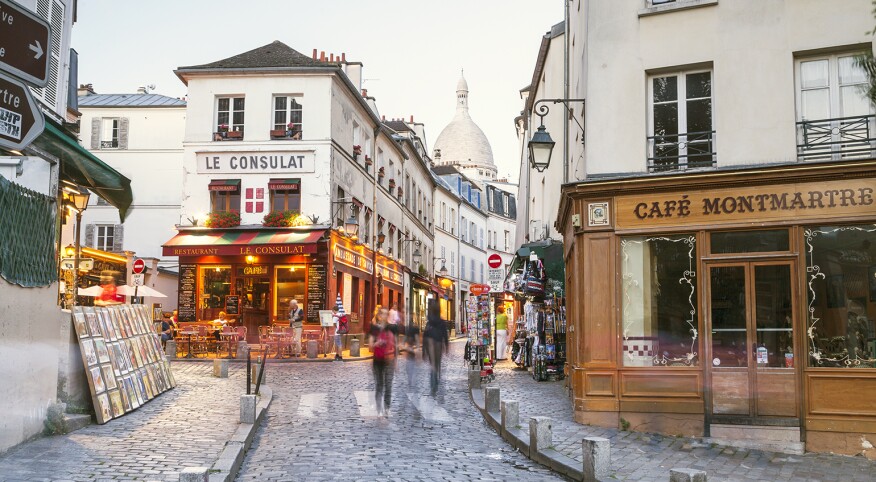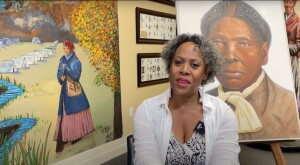“I have two loves,” sang queen of the Jazz Age Josephine Baker in “J’ai Deux Amours,” a tune she was famous for, “my country and Paris.”
There’s actually a long history of cultural exchange between African Americans and the city of Paris that started long before the jazz era that most people are familiar with. The tour group Black Paris Tours takes visitors through a bit of this history, starting with the young multiracial men who came from what were then French colonies in the “New World” to study at the Sorbonne and other elite universities.

The city is divided into different “arrondissements” or neighborhoods, each with a slightly different feel and focus. The 6th arrondissement, called the St.-Germain-des-Prés, is known as a particularly intellectual area, perhaps because of its location near the Sorbonne University. This area has been a center for intellectual and cultural discussion for generations. It’s here that writers like Richard Wright and James Baldwin worked and resided in the ’50s. Stop in for a drink or coffee at Café de Flore to step into their shoes for a moment, as this was a famous hangout for writers and philosophers of that era.

Another Paris neighborhood worth a visit is the 18th arrondissement, or Montmartre. This charming little neighborhood on a hill, starts with the city’s red light district at the base of the hill, home to the world-famous Moulin Rouge, and continues upward to the Sacré-Cœur cathedral. The area has the feel of a tiny village that’s slightly removed from the rest of the city, especially as you move further up the hill. This has historically been a neighborhood for artists, and the streets around the cathedral are still filled with people selling art, both handmade and mass produced. In the 1920s it was here that many African American jazz musicians could be heard playing in the area’s numerous nightclubs.
The 18th is also home to the Château Rouge neighborhood, which is sometimes referred to as “Little Africa” because of the variety of businesses catering specifically to the large African immigrant population that calls Paris home. Here you’ll find hairdressers catering to black hair, shops selling African clothing items and a plethora of food (both restaurants and grocery stands) from across the African continent.

One of the city’s most fashionable neighborhoods is located in the 4th arrondissement. The Marais is known for its beautiful architecture and the shops lining the neighborhood’s main thoroughfare, the Rue de Rivoli. Shopping is the main draw in this area and visitors can expect to find everything from high-end fashions to smaller locally owned boutique stores, which are, of course, no less fashionable. Be sure to at least take a stroll past the elegant Hôtel de Ville. This gorgeous structure, completed in 1551, has a long history but is currently the city’s main administration building.
Paris is a city with much more depth and diversity than many visitors anticipate. While landmarks like the Eiffel Tower and the Arc de Triomphe are not to be missed, be sure to take the time to venture down the city’s many winding pathways and get a sense of the people behind the mystique.










